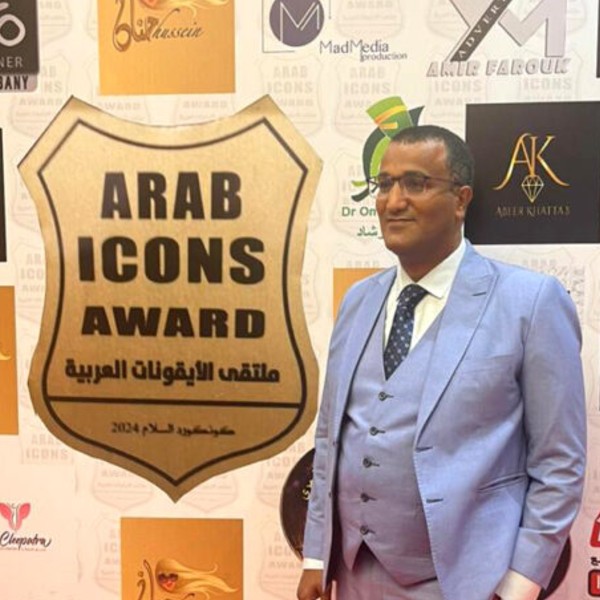GOGB's Mission, Vission and Values
Revolutionizing Science: Fertility Preservation Is the Emerging Challenge
To establish and promote international research groups dedicated to exploring the regenerative capacity of the ovary and testicle, guided by the latest scientific evidence. These groups will unify standards across disciplines—histology, embryology, physiology, immunohistochemistry, endocrinology, and epigenetics—and form high-level scientific committees to rigorously assess proposed techniques and their effectiveness in restoring hormonal function and reproductive reserves.
To be recognized as a world-class scientific society and authoritative institution, supported by physicians globally who understand and embrace the concept of ovarian and testicular bioregeneration. Our mission is to help women and men achieve parenthood with their own eggs or sperm, while preserving gonadal vitality and hormonal function to minimize the health complications associated with aging.
Honesty and Transparency: We are a cutting-edge team of scientists committed to publishing and sharing real-world results with significant academic impact on an international scale.
Integrity: We uphold the highest ethical and moral standards in all our actions.
Commitment to Our Physicians and Affiliated Professionals: We prioritize your needs and satisfaction with dedication and care.
Quality: Our team is devoted to excellence in medical research, user services, and internal processes.
Innovation: We foster creativity and pursue new health solutions focused on gonadal bioregeneration.
Social and Environmental Responsibility: We contribute to the well-being of society and the planet.
Teamwork: We promote collaboration and mutual support within our distinguished global scientific community.
Diversity and Inclusion: We value and respect a wide range of experiences and perspectives.
Respect: We treat everyone with courtesy and consideration.
Commitment: We demonstrate unwavering dedication and loyalty to our medical partners, sponsors, and—above all—our patients. We are fully committed to achieving our organization’s goals and upholding its values.


In 2013, Dr. Shady Saleem from Egypt—a renowned physician in the field of Fetal Medicine and Human Reproduction—and Dr. Carmen Navarro from Caracas, Venezuela, independently began searching for alternatives to improve pregnancy rates in their fertility units. This initiative stemmed from a growing global concern: despite advances in fertility technology, women’s ability to conceive was declining. All evidence pointed to the impossibility of reactivating fertility in women over 35, according to the theories of Waldeyer (1870) and Kingery (1917).
In 2014, Dr. Carmen Navarro, an OB-GYN and specialist in Human Reproduction, and Dr. Carmen Garcés, an anatomical pathologist, decided to validate the theory proposed by Jeohnson J. and Tilly JL. in 2004. These researchers described the presence of spindle-shaped cells in the ovarian cortex of menopausal mice, which, when implanted into the ovaries of young, marked mice, were capable of reactivating oogenesis. This supported Zuckerman’s 1951 assertion that the ovary is born with a renewable pool of oocytes that are not depleted by menstrual cycles but remain dormant, awaiting biological signals for reactivation—a concept further demonstrated in 2012 by White YA and Tilly JL through a fluorescence-activated cell sorting protocol that enabled purification and characterization of these cells. The Venezuelan doctors, Navarro and Garcés, successfully identified spindle-shaped cells in the ovarian cortex of a 22-year-old patient who underwent unilateral oophorectomy due to an ovarian cyst. They later found the same type of cells in a 48-year-old patient who had a total hysterectomy for early-stage endometrial pathology. These cells were present in the ovarian cortex but suffocated by extensive fibrosis.
In 2015, Dr. Navarro performed ovarian biopsies on 15 patients aged 38 to 46 who underwent gynecological laparotomy for non-oncological reasons. These women were seeking fertility treatment and had diminished ovarian reserves (FSH > 13, Estradiol < 35, AMH < 0.8, and antral follicle count < 5 across both ovaries). Spindle-shaped cells were found in all samples, and it was observed that patients with lower Anti-Müllerian Hormone and Estradiol levels exhibited more ovarian fibrosis. Following this discovery, Dr. Navarro initiated ovarian bio-regeneration protocols, starting in 2016 with activated platelet-derived growth factors (PRP). This led to seven IVF pregnancies—two resulting in miscarriage and five resulting in live births. During cesarean deliveries, with patient consent, new ovarian biopsies were taken, revealing approximately 70% regeneration of ovarian tissue and resolution of interstitial fibrosis. Research continued, expanding to the use of exosomes and other ovarian reserve rescue methods, yielding promising results.
This breakthrough created a global need to recruit more physicians capable of advancing research and challenging the paradigms of reproductive medicine.
In 2020, Dr. Shady Saleem connected with Dr. Navarro, and together they embarked on a collaborative journey to investigate bio-regeneration of both female and male gonads. By 2024, Dr. Saleem and Dr. Navarro aimed to unite some of the world’s leading reproductive health experts and establish a global scientific society dedicated to high-level gonadal bio-regeneration research. Thus, the Global Organization for Gonadal Bio-Regeneration was born, headquartered in Dubai and composed of distinguished scientists including: Dr. Panayiotis Zavos (USA), Dr. Denisa Protopopescu (Romania), Dr. Hrishikesh Pai, Dr. Sunita Aroa, Dr. Ritu Santwani (India), Dr. Cesare Aragona (Italy), Dr. Salomé Espinola (Brazil), Dr. Pedro Torrecillas (Spain), Dr. Ana Hernández (Mexico), Dr. Shady Saleem (Egypt), and Dr. Carmen Navarro (Caracas, Venezuela).
